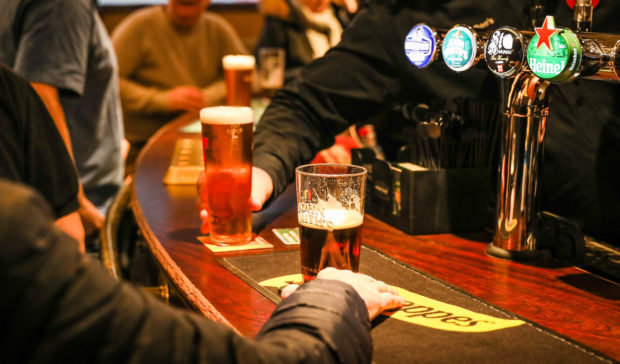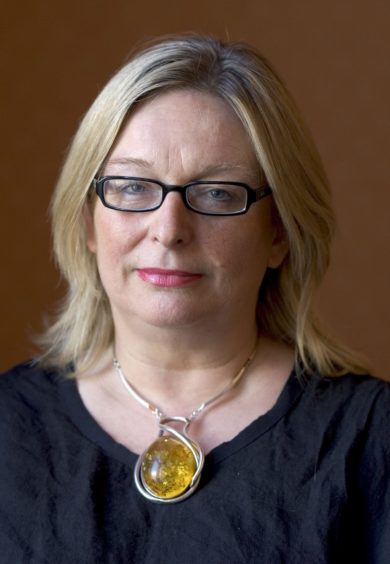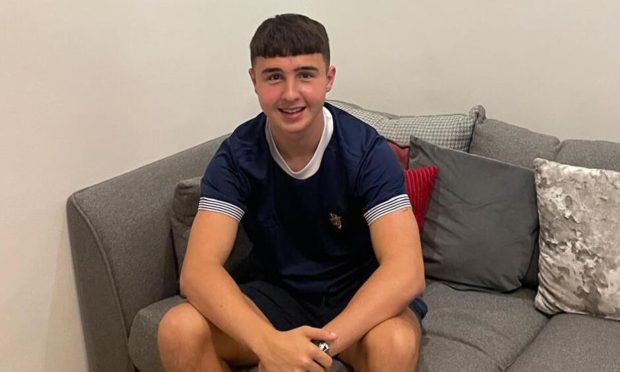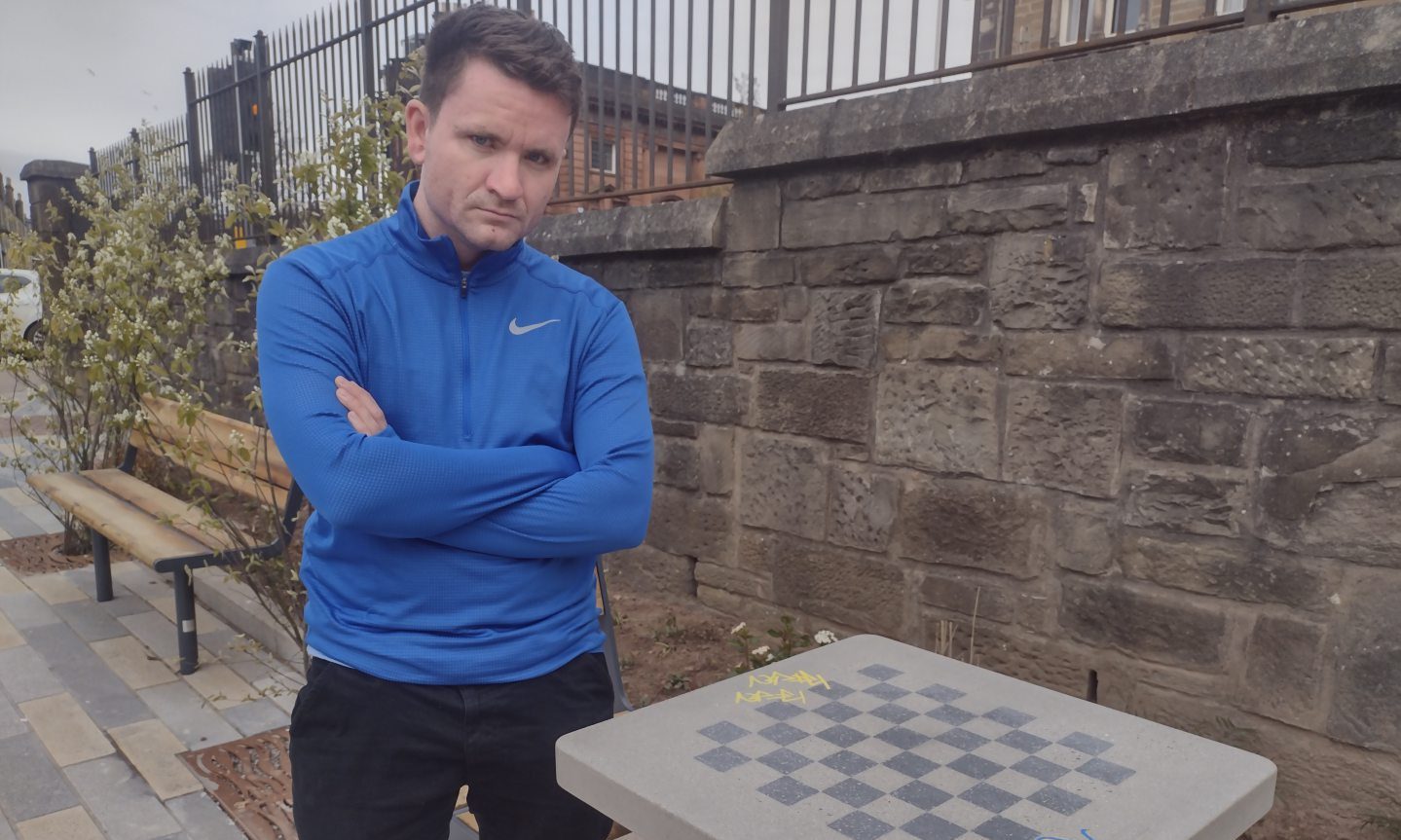“Overly strict” rules in pubs and restaurants are killing trade and encouraging illegal parties, a local industry expert has claimed.
Angus-based licensing consultant Janet Hood said mood-killing bans on background music and audio from TVs is pushing gatherings out of sight.
The Scottish Government guidelines were introduced in August shortly after a major outbreak of Covid-19 in Aberdeen was traced to bars in the city.
They are designed to reduce the need for people to shout or lean into each other.
Ms Hood, who represents many pubs and restaurants in Tayside and Fife, said the policy is “upside-down”.
She said: “The overly strict rules are extremely damaging for the industry but it’s also possibly contributing to more cases.
“Young people are being pushed towards unlicensed and unregulated parties.
“Others, meanwhile, are unable to enjoy things like watching the football in the pub or any kind of atmosphere in restaurants.
“It’s driving people away from sight. What else has caused it? The whole thing is upside down.
“It could destroy the hospitality industry we all love.”
Ms Hood said: “These stricter rules were put in place because a minority of premises were playing music far too loudly.
“These types of places should be closed until they can demonstrate management and staff understand the risks. That would avoid another blanket industry ban.
“It’s in the interest of the industry to get the guidelines right. There are reviews all over social media and on TripAdvisor so they need to.
“It’s awful on the police having to enforce this in private homes — it’s not their fault.
“I think nightclubs should also be allowed to open if it can be controlled with limited numbers — young people will always want to socialise and it needs to be visible.”
Paul Waterson, media spokesperson for the Scottish Licensed Trade Association, said the rule on background music is one that “can be eased without consequence”.
“I don’t think politicians understand how big an effect it’s having on pubs and bars,” he said.
“There are unintended consequences to these decisions. People feel uncomfortable without atmosphere and some are choosing to socialise elsewhere.
“We would urge the Scottish Government to have a rethink.”
A Scottish Government spokesperson said: “We don’t want the restrictions in place for any longer than is needed, but the measures are in place for good reason: the advice remains that hospitality premises should have no background music or volume from TVs because of the increased risk of transmission from aerosol and droplets when people raise their voices.
“This measure is being kept under review and further advice will be provided in due course.”











